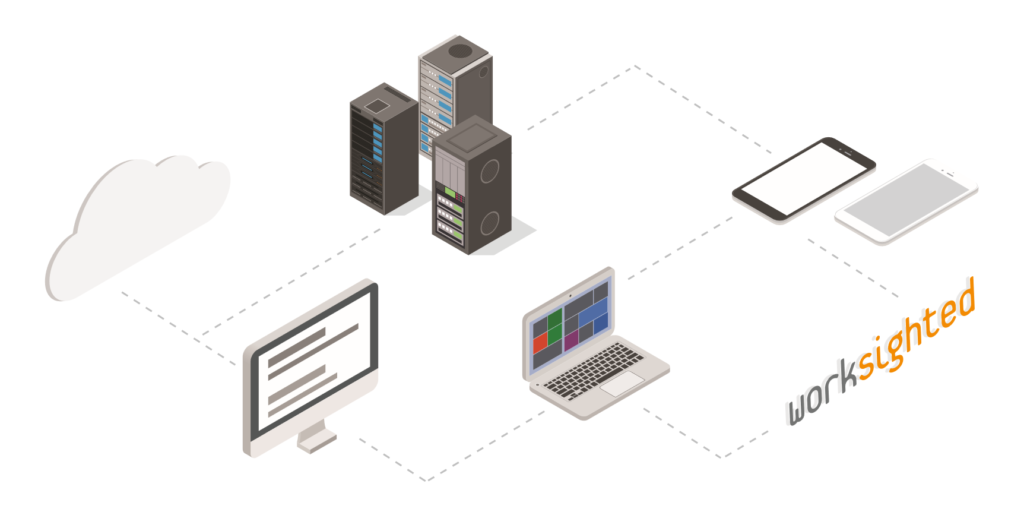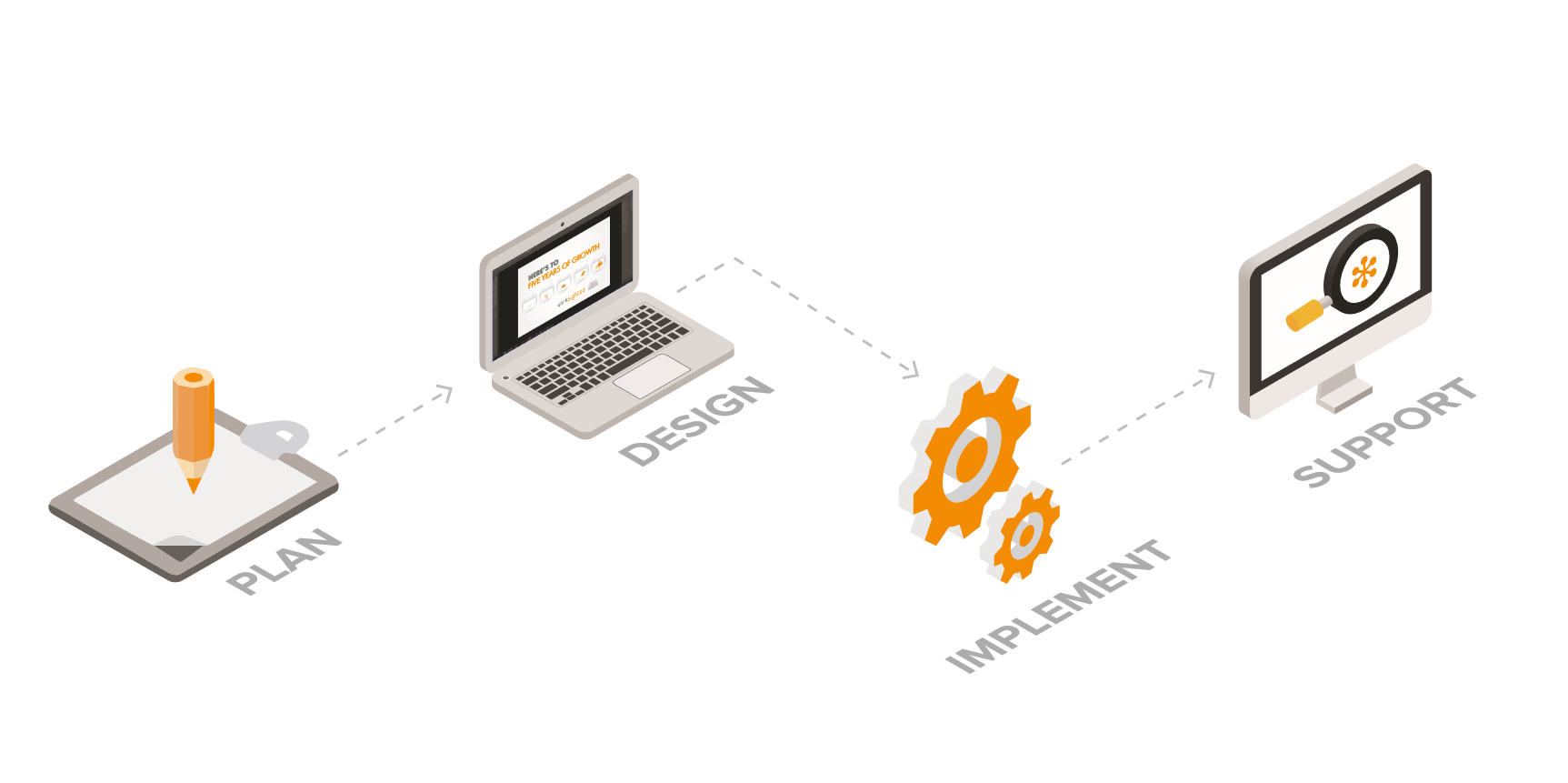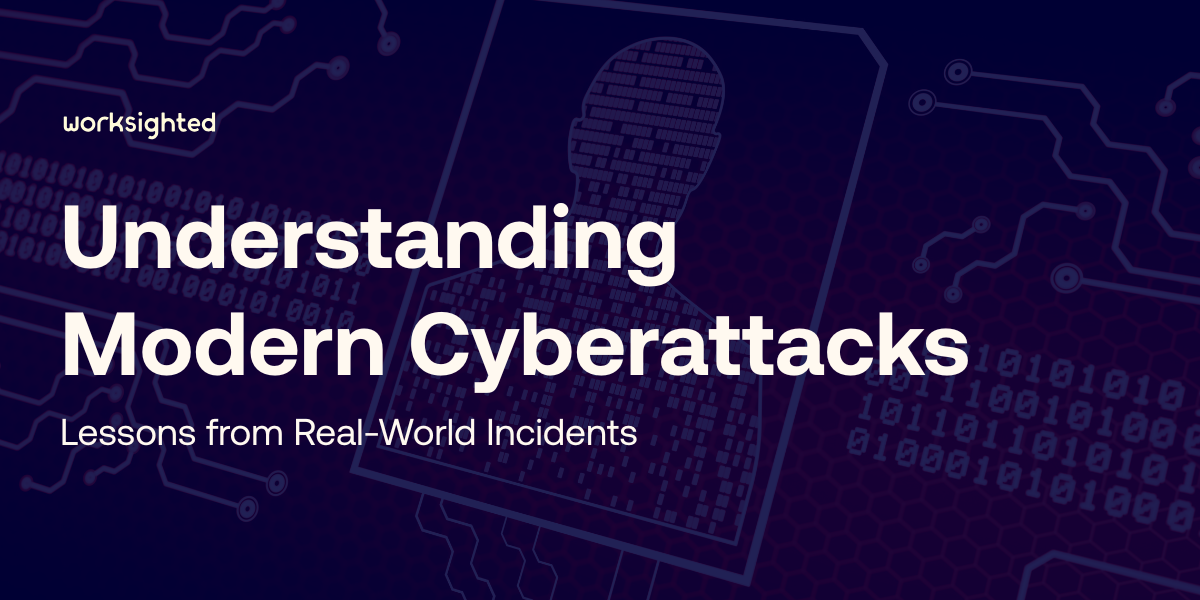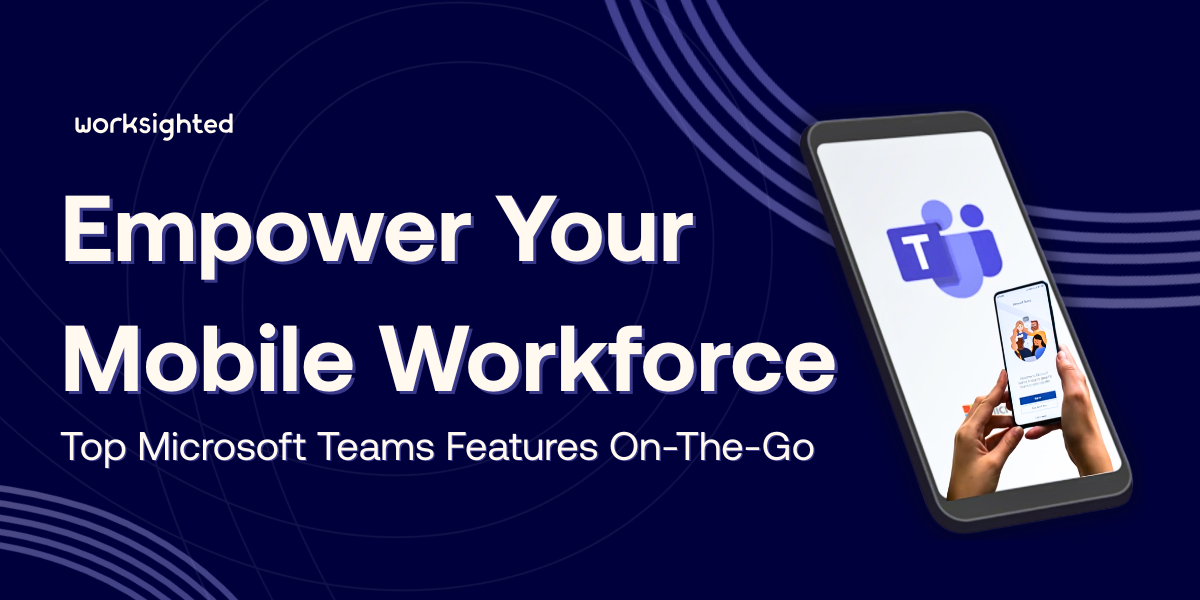Troubleshooting Tips
The problem isn’t always the computer
In the fast-paced world of IT it is easy to… how do you say it- just get to fixin’. Issues are presented and they may be with the computer, the end-user or something in the environment, among so many other things. There is a number of things that could go wrong. Printing may not be working because it is out of ink, or the power strip it was on got kicked off, or there is an actual mechanical issue. Email may not send because there is no internet connectivity, or the user password was changed and outlook not updated, or even because the outgoing email address might be wrong. I could go on and on, but my point is that there are many symptoms and even more causes of those symptoms.
What I want to call attention to is that in a large majority of the situations we deal with as IT professionals, there is always one thing we can rely on: there is an end-user that is affected. No matter the situation, their experience is the first thing we should be trying to “fix.”
If I were to ask you to split up all issues you may be troubleshooting into two separate buckets, there is a chance that you may say “hardware and software.” I would like to zoom that out a bit with a troubleshooting theory I learned in my time at Apple. If we take a step back we can split issues into those with the device and issues that are not with the device. Let’s take a look at an example. A ticket may come in with the following:
“The outlook app on my iPhone is not showing calendars.”
The ticket is simple enough. It could be any number of things. Maybe the user changed their password. Maybe the app is frozen and needs to have a hard reset on it. Maybe the phone is having network issues.
Or maybe they have to hit their picture in the upper left-hand corner to make sure the calendar they want to see is actually selected. If you have spent any amount of time in a support role, you know how often these sorts of things happen, in fact, maybe you are so used to it by this point that was the first thing your brain went to as you read. An urgent issue pops up and it is largely caused by the user inadvertently hitting some button, not selecting the right option on setup, or just plain not knowing how something works. I have a couple of main points to make about this.
Make sure you are approaching troubleshooting situations like this with an open mind.
If you immediately start fixing technical issues you may skip right over the easiest and the obvious. ask the users good troubleshooting questions. When was the last time this worked? Can you walk me through how you are doing it? Can you describe what you see happening? This is especially important if you are working to resolve an issue remotely. This will help get to the root of the issue and thus to resolution quickly.
Take the time to educate!
Do not be annoyed by the fact that this issue was user caused. Take time to show them how to resolve their own issues in the future. Make sure they understand why some of these options exist in the first place! Help them use their technology to make their lives better! You are the one that decided to enter the world of working with technology for a living. For most users, it is just a necessary evil. It is your job to help them navigate it.
In essence, these situations are win/win. You, the troubleshooter, get to work through a scenario where you do not have to figure out some sort of weird tech issue. The end-user wins because they get to learn and be empowered to use their technology to its fullest potential! Be on the lookout for these scenarios and knock them out of the park!




